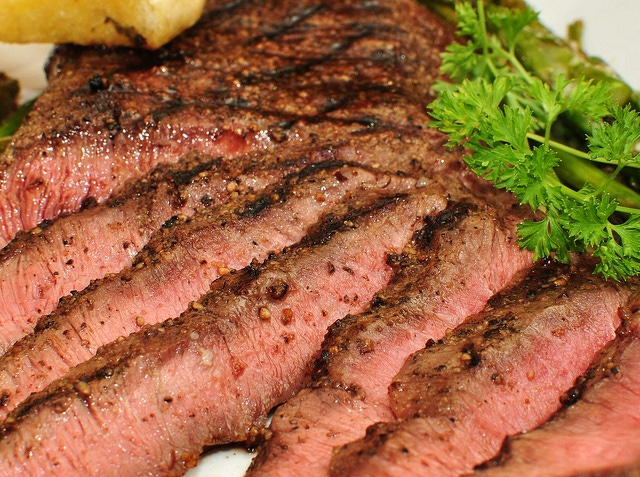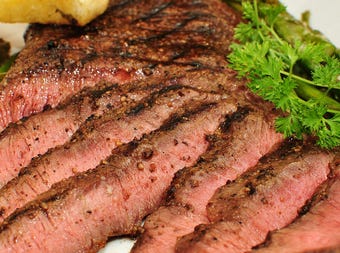April 7, 2015

The upcoming 2015 Dietary Guidelines for Americans could well recommend that Americans limit their consumption of red meat for nutritional and environmental reasons. That’s what the Dietary Guidelines for Americans Committee (DGAC) is recommending to the secretaries of USDA and Health and Human Services in its advisory report now up for public comment. The comment period runs until midnight on May 8, 2015.
ACT NOW: To submit and read comments, click here.
Nina Teicholz, author of “The Big Fat Surprise,” told me in an exclusive interview that, “The last 35 years of dietary guidelines have clearly not worked, but there is still a decades-long bias against saturated fat among the committee members. Because of this fat bias, the committee is now exploring the environmental and ethical reasons to advise Americans against consuming saturated fat. The committee’s mission is to review nutrition, but they’ve gone beyond the mandate to add additional reasons against meat.”
READ: "Big Fat Surprise" author talks about importance of beef in dietary guidelines
With one month left to comment on these proposed guidelines, the beef industry is coordinating a response that could make a difference. And you can help.
Subscribe now to Cow-Calf Weekly to get the latest industry research and information in your inbox every Friday!
Yesterday, the National Cattlemen’s Beef Association (NCBA) launched a campaign to let the DGAC know that beef is a great food to include in a healthy diet. NCBA is encouraging producers to engage by posting pictures of how beef fits on your plate using the hashtag #BeefsOnMyPlate on social media.

Photo Credit: Jeffrey W
“A one-size-fits-all approach to a diet doesn’t work, but we know beef fits into a wide range of healthy diets because of its versatility,” says Shalene McNeill, NCBA registered dietitian and nutrition scientist. “We have a lot of sound evidence out there showing beef consumption contributes zinc, iron, protein and B-vitamins, which helps keep you satisfied, helps manage your weight, and can fuel a healthy and active lifestyle.”
Please use the hashtag #BeefsOnMyPlate as well as #ProteinChallenge in the month of April to help spread the word on social media about beef in a healthy diet.
And if you haven’t left your comments yet online about the proposed guidelines, here is an example of a great letter from Nebraska cattle feeder and BEEF magazine’s 2014 Trailblazer winner Anne Burkholder. Read Burkholder’s testimony here.
What other ways can the beef industry respond to the proposed recommendations to leave beef off the dinner plate? Share your suggestions in the comments section below.
The opinions of Amanda Radke are not necessarily those of Beefmagazine.com or the Penton Farm Progress Group.
You might also like:
Let's eat! See photos of beef cattle bellied up to the feedbunk
10 tips for keeping first-calf heifers in tip-top shape
60 stunning photos that showcase ranch work ethics
You May Also Like



